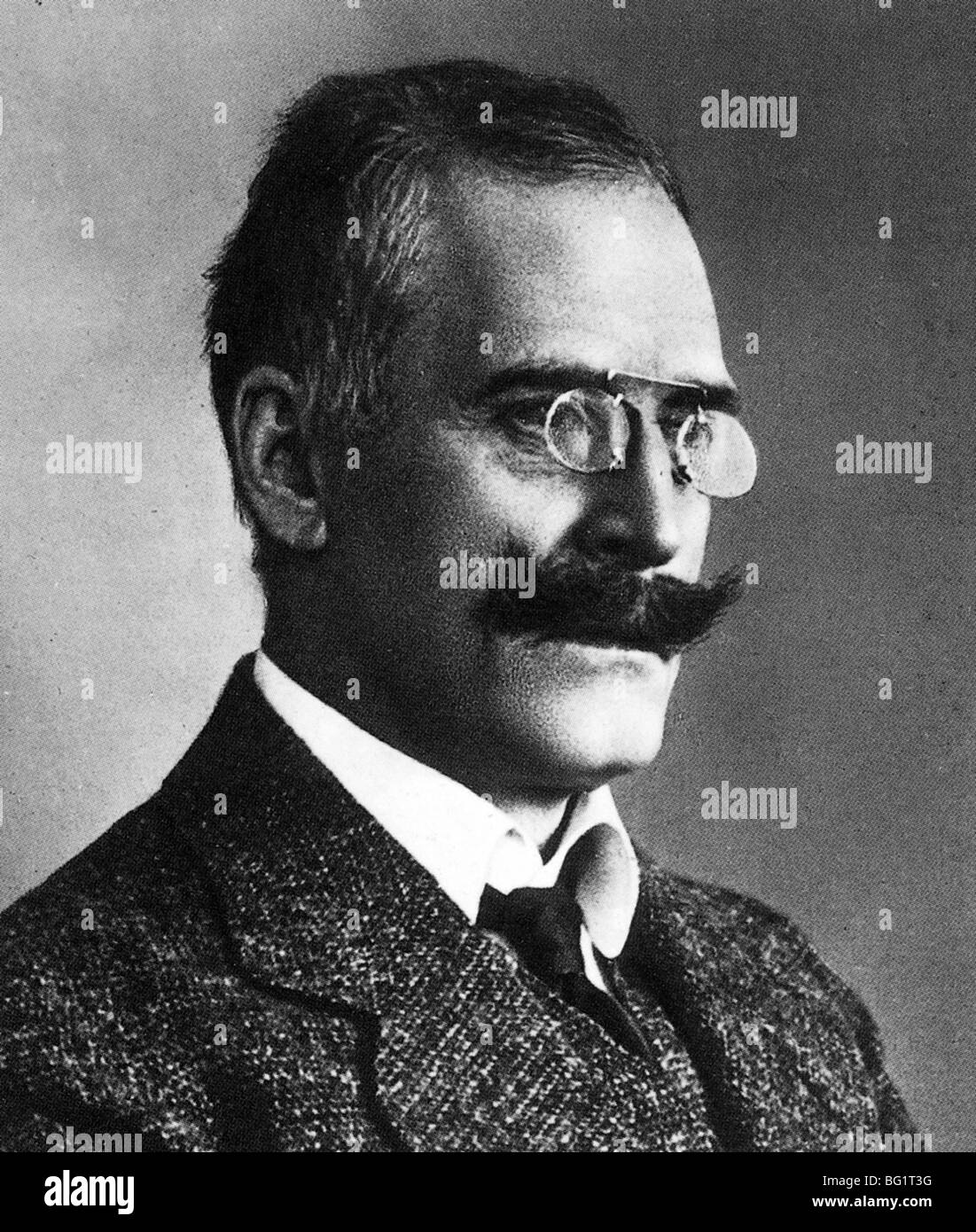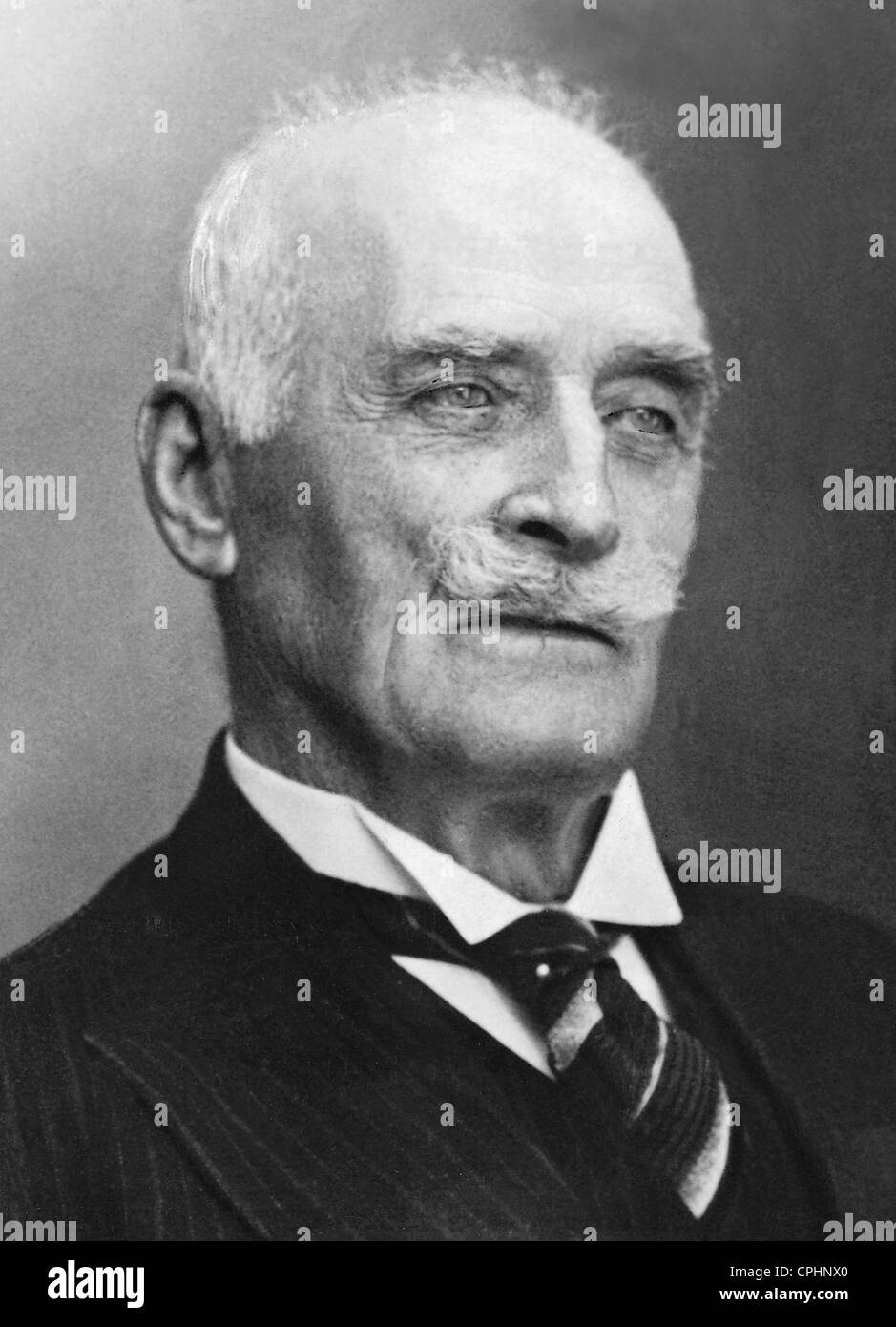

The novel has been adapted for film four times.

Glahn has left Nordland and moved to India to be alone in the forest and to hunt, but he is suicidal because of his lost love, and when he can not bear it any longer he provokes the narrator of the Epilogue into shooting him. The Epilogue shows that is not the case, instead from an outsider's viewpoint Glahn is beautiful, talented and desired.

In the main narrative of the book, which is told in first person by Glahn, he sees himself as awkward and unattractive. The Epilogue: Glahn's Death is told from another person's perspective. The lovers' conversations also foretell the future. Much of what happens between Glahn and Edvarda is foreshadowed when Glahn dreams of two lovers. The contradicting symbols of culture and nature are important in the novel: Glahn belongs to nature, while Edvarda belongs to culture. The changing seasons are reflected in the plot: Edvarda and Glahn fall in love in spring make love in the summer and end their relationship in the autumn. Overwhelmed by the society of people where Edvarda lives, Glahn has a series of tragedies befall him before he leaves forever. Upon meeting Edvarda, the daughter of a merchant in a nearby town, they are both strongly attracted to each other, but neither understands the other's love. Lieutenant Thomas Glahn, a hunter and ex-military man, lives alone in a hut in the forest with his faithful dog Aesop. He wrote it while living in Paris and in Kristiansand, Norway. Pan is an 1894 novel by Norwegian author Knut Hamsun.


 0 kommentar(er)
0 kommentar(er)
